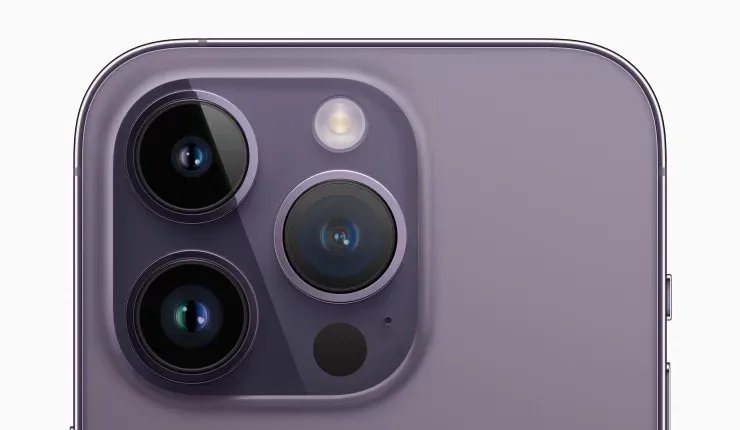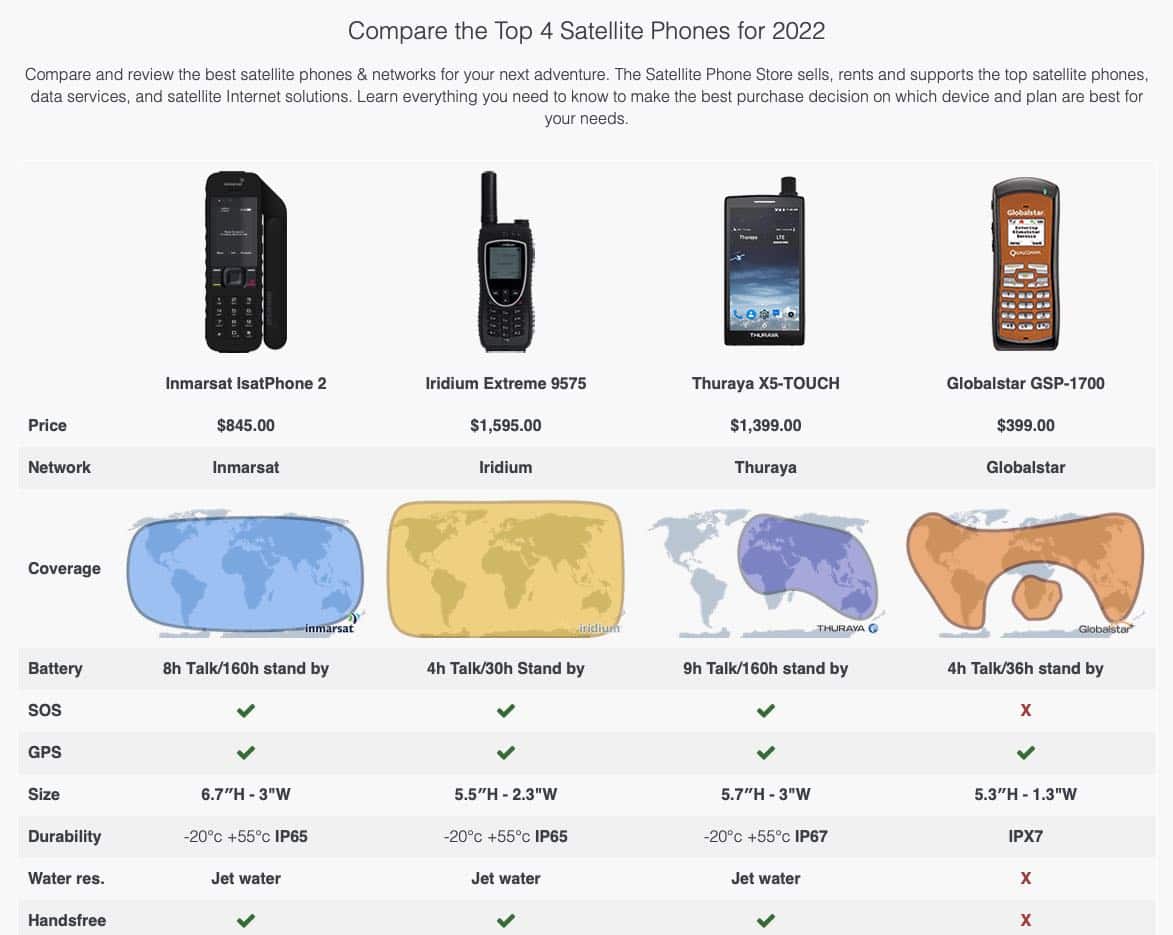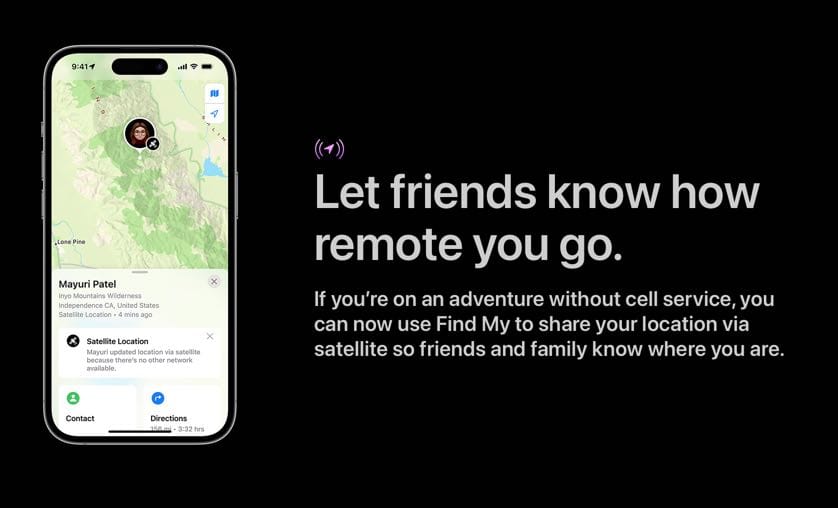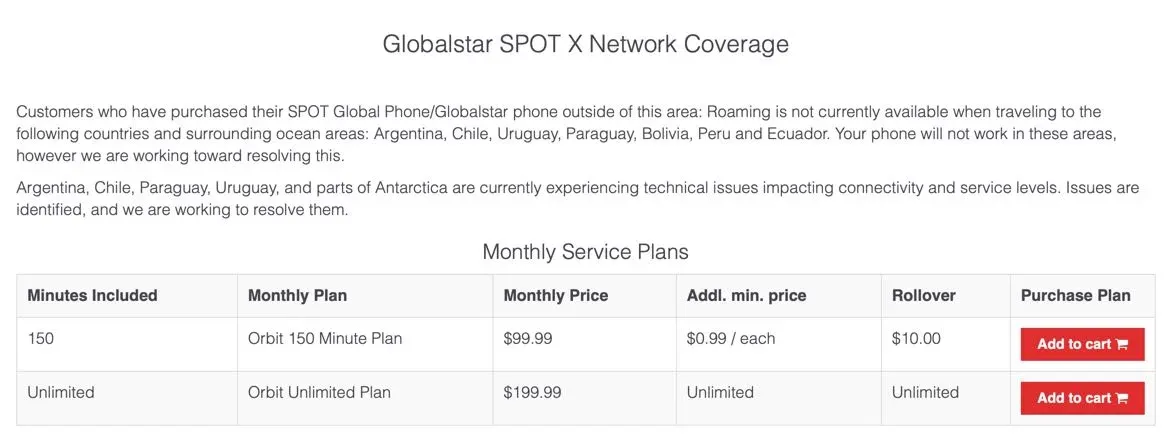New kind of satellite connectivity in iPhone 14

Apple understands that their flagship mobile device has to offer groundbreaking features. Therefore, it’s refreshing to see an entirely new satellite functionality that combines dedicated built-in antenna, data compression and software stack. This currently delimited offering is a glimpse into the future of smartphones connectivity.
Introduction of smart satellite connection in smartphones
For over two decades all mobile phones were stuck in the Wi-Fi/mobile data paradigm. The only way to connect to the Internet was via Wi-Fi access point (at home, office or café) or via GSM network (from 2G to 5G). While Bluetooth is another valid radio transmission, it’s primarily used locally for accessories, and not for the Internet connection.
Here comes Apple, with their unique user experience approach. They researched current satellite phones and decided to:
- remove the external bulky antenna and built it inside known sleek chassis
- implement gyroscope-based targeting of satellite in the sky
- create data compression and on-device cues for emergency signals
Why nobody else thought about it before? Why all the current satellite phones look like they were designed in the 1990s? What is their actual usability in comparison to an iPhone?

Ten times better satellite phone
People familiar with the startup world know that the new contender on the market should be 10x better than the current offering. Apple’s take on the satellite phone industry seems to be exactly that.
The very first use-case is this dramatized promo video of distressed hikers. Apple is using a familiar for iPhone users UI to show a possible flow of emergency communication. With clear prompts, such a lost hiker can describe the distress signal, point iPhone 14 in the right direction (with gyroscope assist), and send a special kind of text message to a search and rescue center.
This new type of iPhone functionality, currently limited to the USA and Canada, is practical for adventurers and nice for the public. “iPhone 14 saves lives” is the kind of news headline, any manufacturer would like to get. But Apple already mentioned a second use-case of satellite connectivity.
Sharing current location, especially in remote regions doesn’t work if you’re away from cell phone towers. iPhone 14 can send the current location via the same satellite connection. Which hints possible future scenarios of iPhone satellite Internet.

What kind of data can you send over the satellite connection?
While the above two services are currently limited by scope (Emergency SOS or location sharing) and by territory (USA and Canada), I’m certain that Apple wants to expand it. Satellite company Globalstar is the first provider that signed a deal with iPhone creators. And with more demand, the scope will increase, and more territories will be covered.
In their presentation Apple explained that they developed a new compression algorithm. That’s because current satellite Internet infrastructure has limited bandwidth. Data packets that are sent and receive between any iPhone 14 and Globalstar satellites have to be as small as possible. Moreover, due to the nature of introduced features – they won’t be massively used by many users at once.
While Apple offers the satellite connectivity coverage free of charge for the first two years for every new iPhone 14, the prices after that period are not yet released. More importantly, you can’t use the emergency SOS without a solid, life-threatening situation. This brings us to the conclusion, that the only most widely accessible satellite feature of iPhone 14 is location sharing via Apple’s Find My app.
When will we be able to live stream 4K over satellite Internet?
Instead of trying to predict a timeframe of Internet satellite development, we can look at the analog phases of the GSM evolution. Tiny data packets that only include your geographic coordinates sent by the Find My app, are more or less what we could do with the second generation of GSM known as GPRS or EDGE.
Today most territories where people live are within 3G/4G/5G coverage which allows for the wide range of data transmission. Including data heavy live streams in the highest resolutions like 4K. Therefore, an average smartphone user connected either to cell tower or Wi-Fi is focused on usability, not on technical limitations of each standard.
Apple is essentially establishing a third kind of connectivity for mobile devices. Because it’s happening within their ecosystem, they can gradually expand the scope with Apple exclusive apps. iMessage will be most likely the first messaging app to work with satellite connection. Then maybe FaceTime Audio or regular phone calls.
At the time of writing this article, Globalstar’s cheapest plan for satellite phone calls starts at 99.99 USD per month. Internet satellite transmission can easily cost hundreds or thousands of dollars and the coverage, bandwidth and reliability vary a lot depending on the provider, geographic location and use-case.

Starlink for your iPhone
Getting into the rabbit whole of the satellite industry quickly reveals two things. The current offering of devices and services really looks like they froze in time since the 1990s. Satellite phones are big, clunky, and expensive – like the first cell phones.
The second thing is that there are hungry contenders in the market that see potential for growth, by establishing new and better standards. Apple just entered the device sector. Meanwhile, Starlink is expanding their coverage of low-latency broadband satellite network. I think it’s just a matter of time when Apple and SpaceX will start to collaborate.
The current Starlink system is designed to send and receive data via a satellite dish aimed at a specific point in the sky. Then the receiver can spread the signal via Wi-Fi to devices on the ground. Currently, that’s the only way to use Starlink Internet on any iPhone.
Yet, if the current satellite antenna in iPhone 14 has been miniaturized enough and the phone has precoded correct positions to point it to the correct part of the sky, then it’s not farfetched to assume it’s possible to design a similar antenna with built-in software and gyroscopes compatible with Starlink.
Lastly Starlink is most known thanks to Elon Musk, but it’s not the only operator willing to fight for smartphone users. Apple just ignited a battle, where old and new satellite providers will become competitors for terrestrial telcos. And that will drive the satellite Internet prices down while expanding scope and coverage.





Discussion